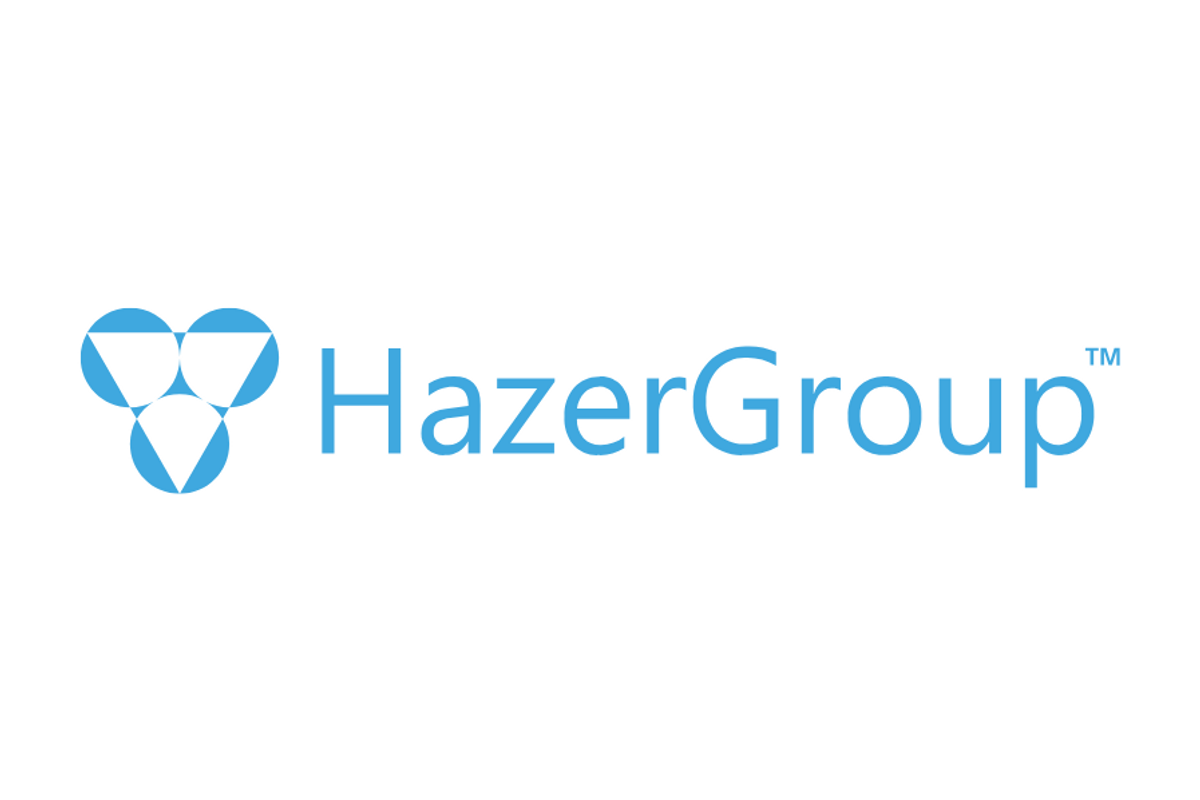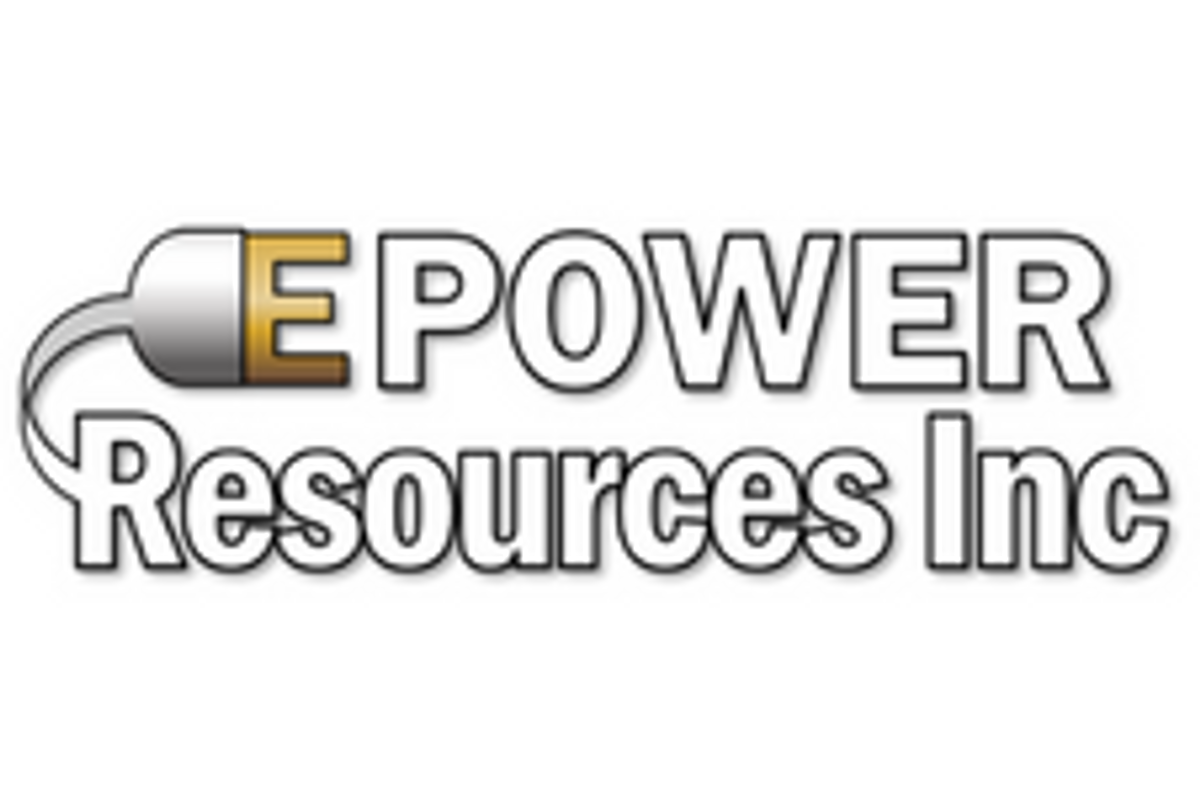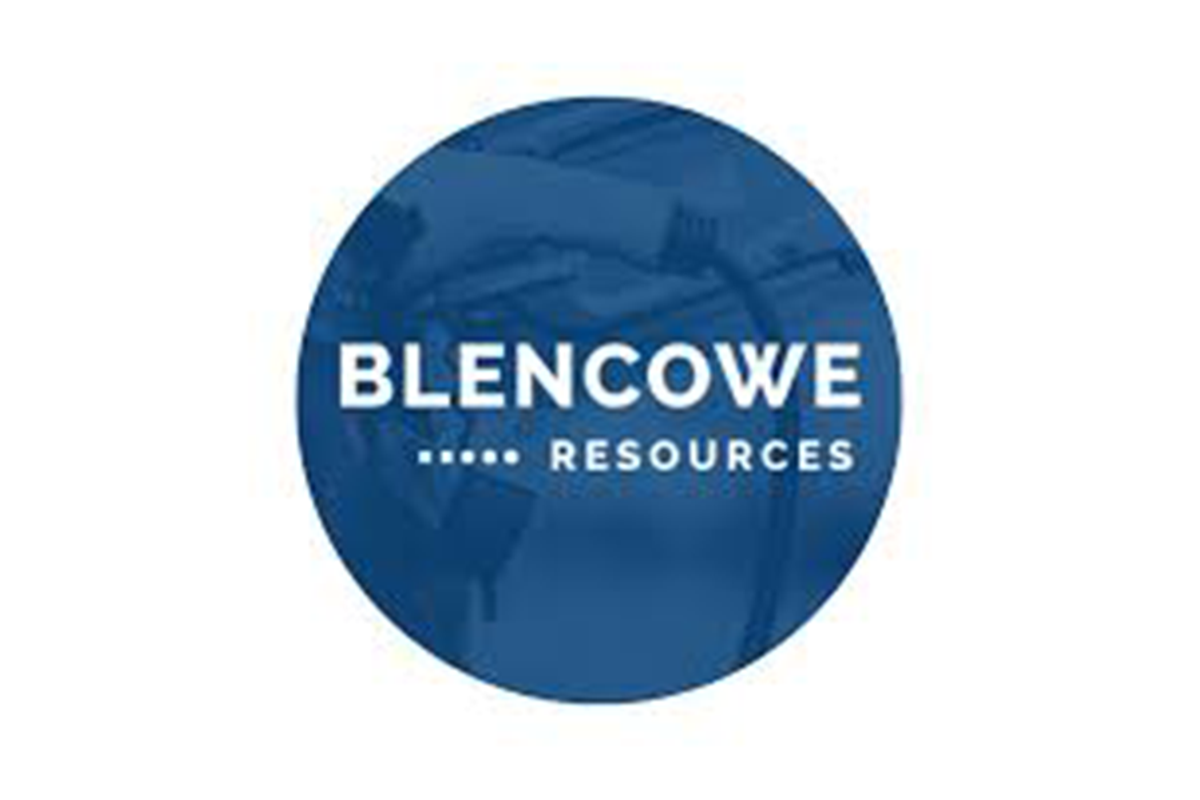
May 04, 2025
Hazer Group Ltd ("Hazer" or "the Company") (ASX: HZR) is pleased to announce it has entered into a binding Alliance Agreement (the “Alliance”) with Kellogg Brown and Root LLC (NYSE: KBR, “KBR”) a global leader in technology and engineering solutions, for the commercial deployment and licensing of Hazer’s proprietary methane pyrolysis technology.
Highlights
- Binding strategic alliance with KBR (NYSE: KBR), a world-leading engineering group and global technology licensor set to supercharge Hazer’s commercialisation strategy
- Hazer is KBR’s exclusive partner for marketing and licensing of methane pyrolysis technology
- Clear revenue visibility targeting multiple license deals within 6 years, materially derisking Hazer’s business plan
- Capital-lite licensing model maintained; KBR A$3million work program contribution preserves Hazer’s robust funding position
- Strengthens Hazer’s market penetration into high-growth market segments of ammonia and methanol, and regions including North America and Middle East
- CEO Glenn Corrie and other members of the management team will be hosting a webinar on Wednesday, 07 May 2025 at 09:00am (AWST) / 11:00am (AEST). Details provided below
KBR – A Global Leader in Technology Licensing
KBR is a world-renowned engineering and technology company delivering engineering and cutting-edge technology licensing solutions to companies and governments across energy, chemicals, infrastructure and defence. KBR has licensed over 260 grassroots ammonia plants since 1943. Over 50% of the world’s ammonia is produced using KBR’s ammonia process.
KBR also brings a strong track record in commercialising breakthrough industrial technologies. Notable partnerships include ExxonMobil for next-generation catalyst development, and Mura Technology (including a US$100 million strategic investment) to scale its proprietary plastic recycling solution world-wide.
Under the Alliance, KBR will be Hazer’s exclusive global partner for the marketing, licensing and deployment of Hazer technology to customers in the ammonia and methanol markets. KBR and Hazer will also work closely to pursue licensing opportunities in decarbonizing hydrogen markets beyond these exclusive markets.
KBR’s President Sustainable Technology Solutions, Jay Ibrahim, said: “KBR's proven global expertise in deploying sustainable technology solutions complements Hazer's leading methane pyrolysis technology, making us ideal partners. Our market assessment and due diligence have highlighted Hazer's potential to decarbonize the global ammonia and methanol sectors. We are excited to partner with Hazer to provide a compelling low- carbon hydrogen production solution to meet growing global demand."
Hazer’s CEO and Managing Director, Glenn Corrie, said: “We are excited to be joining forces with KBR to commercialise Hazer’s world-leading clean hydrogen technology on the global stage. This is a transformational transaction for Hazer coming at a critical time when the world urgently needs affordable, low-emissions hydrogen to decarbonise legacy hard-to-abate industries. Building on the momentum of our successful Commercial Demonstration Plant and technology test program, which laid the foundations of commercialisation last year, this partnership represents a strong endorsement and the next logical step in delivering on our strategic roadmap and unlocking long-term value for shareholders.
KBR has the scale, capability and reputation to help accelerate the deployment of Hazer’s technology at industrial scale. We see immediate potential in the ammonia and methanol sectors – industries with significant CO2 footprints and strong demand for clean alternatives. KBR’s market leadership, global reach and execution strength make them an ideal partner to bring our vision to life.”
Strategic Alliance to Commercialise Hazer’s Leading Methane Pyrolysis Technology
Under the Alliance, Hazer and KBR will collaborate on the up-scaling, marketing and licensing of the Hazer technology for commercial deployment.
Under the terms of the agreement, KBR will be Hazer’s exclusive licensing partner for the ammonia and methanol markets while working closely in other hydrogen sectors. The initial term of the Alliance is six (6) years with an option to extend subject to the achievement of performance metrics. The parties have agreed to collaborate on the development of a design package for Hazer facilities targeting hydrogen capacities of 50,000+ tonne per annum as well as the global sales, marketing and licensing of Hazer’s technology. Hazer will be KBR’s exclusive methane pyrolysis technology provider.
The total cost of the Alliance work program is anticipated to be in the range A$3.0-5.0 million of which KBR will contribute approximately A$3.0 million over the work program period. The Alliance is underpinned by performance objectives with a target of securing multiple firm licensing opportunities during the initial term.
In respect of royalty and licensing fee sharing, the Company will keep the market informed as license arrangements are signed. Hazer’s pre-existing portfolio and opportunity pipeline is not subject to the terms of the Alliance. An incentive structure applies in the event KBR secures a license for the first commercial unit secured within three years. There is no financial impact at this stage as no client agreements are in place.
In other terms, the agreement can terminate if licensing performance metrics are not met. Hazer retains full ownership of its existing intellectual property. The agreement otherwise contains terms customary for an arrangement of this kind.
Click here for the full ASX Release
This article includes content from Hazer Group Ltd, licensed for the purpose of publishing on Investing News Australia. This article does not constitute financial product advice. It is your responsibility to perform proper due diligence before acting upon any information provided here. Please refer to our full disclaimer here.
The Conversation (0)
09 December 2025
Greenland Grants 30 Year License for Amitsoq Graphite Mine
Greenland has approved GreenRoc Strategic Materials’ (LSE:GROC) application for a long-term exploitation license for the Amitsoq graphite project, the company said on Tuesday (December 9). Naaja H. Nathanielsen, the country's mineral resources and energy minister, joined Stefan Bernstein,... Keep Reading...
09 December 2025
Further Offtake MOU for Orom-Cross Graphite Project
Agreement provides for sale of high value purified flake products to Advanced Technology firm
Blencowe Resources Plc is pleased to announce the signing of an additional non-binding Memorandum of Understanding ("MOU") for natural medium flake concentrate offtake from its Orom-Cross Graphite Project. The offtake agreement is with Yunasko Ltd. ("Yunasko"), an advanced technology company... Keep Reading...
09 December 2025
Greenland Government Grants Exploitation Licence for Amitsoq
GreenRoc Strategic Materials Plc (AIM: GROC), a company focused on the development of critical mineral projects in Greenland, is delighted to announce that the Government of Greenland has granted an Exploitation Licence for the Amitsoq Graphite Project to Greenland Graphite a/s ("Greenland... Keep Reading...
30 November 2025
Altech - Board Renewal and Strategic Focus
Altech Batteries (ATC:AU) has announced Altech - Board Renewal and Strategic FocusDownload the PDF here. Keep Reading...
27 November 2025
Major JORC Resource & Reserve Upgrade at Orom-Cross
Blencowe Resources Plc (LSE: BRES) is pleased to announce the completion of the updated JORC 2012 Mineral Resource and Ore Reserve Statement ("JORC") for its 100%-owned Orom-Cross Graphite Project in Uganda. This upgrade incorporates all the infill drilling undertaken in 2025 across the Camp... Keep Reading...
Latest News
Interactive Chart
Latest Press Releases
Related News
TOP STOCKS
American Battery4.030.24
Aion Therapeutic0.10-0.01
Cybin Corp2.140.00





